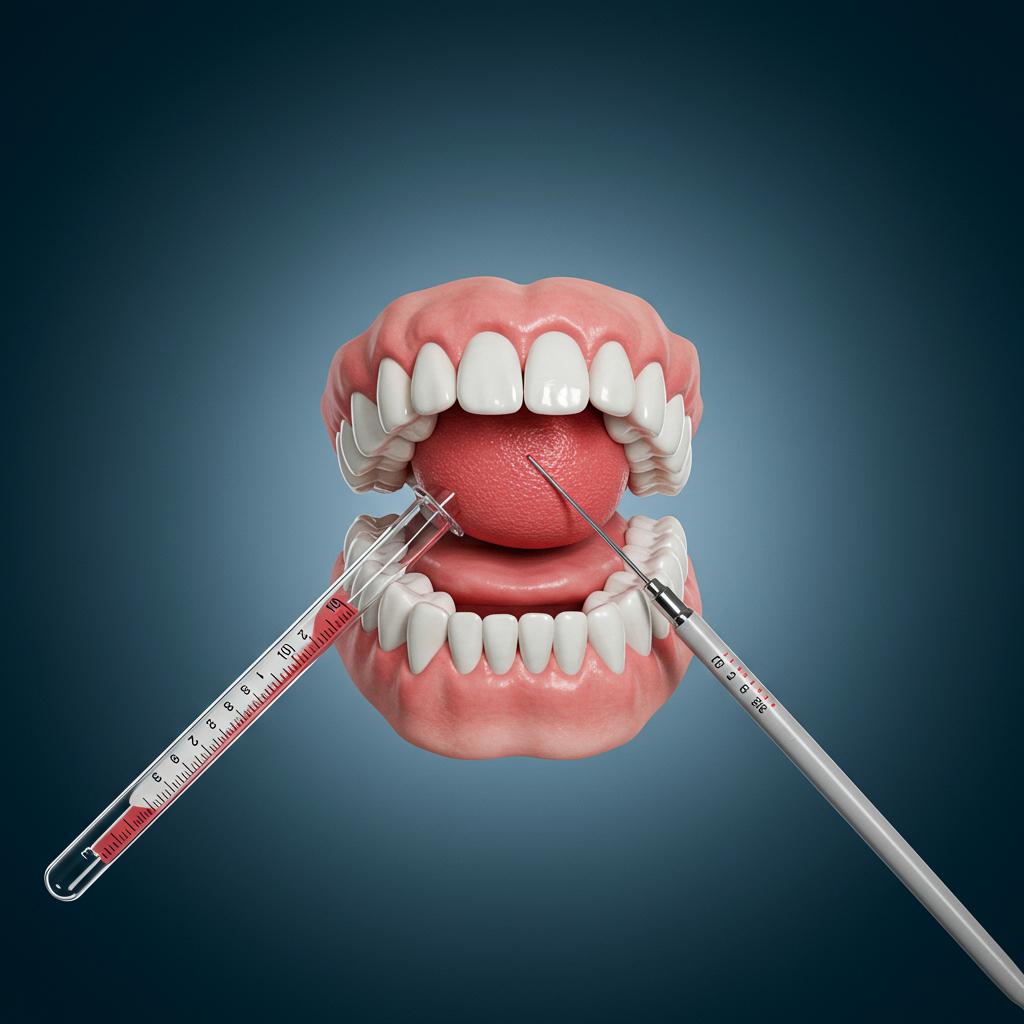
Managing pain and anxiety in young children during dental procedures is a top priority. This is especially true when dealing with something as uncomfortable as a dentoalveolar abscess (a painful infection around a tooth). A recent study explored two different numbing techniques to see which one provided better pain relief and overall comfort for kids aged 5 to 11 undergoing abscess extractions.
Let’s break down what the researchers did and what they discovered:
- The Two Techniques: The study compared two common local anesthetic approaches:
- Inferior Alveolar Nerve Block (IANB) with 2% Lidocaine: This technique involves injecting lidocaine near the inferior alveolar nerve, which numbs a larger area of the lower jaw. A 20-gauge needle (a relatively standard size) was used for this injection.
- Buccal Nerve Block (BNB) with 4% Articaine: This technique targets the buccal nerve, which numbs a specific area of the cheek and gums near the upper and lower back teeth. A smaller, 24-gauge needle was used with articaine. Both techniques also included local infiltration (LI), where additional anesthetic is injected directly into the gum tissue around the affected tooth.
- Measuring Pain: To understand how well each technique worked, the researchers used two pain scales:
- Wong-Baker Faces Pain Rating Scale (W-BFRS): This scale uses faces with different expressions to help children easily communicate their pain levels.
- Visual Analog Scale (VAS): This scale is a simple line where children mark their pain intensity.
- The Results: The study found a strong link between the W-BFRS and VAS scores, meaning both were reliable ways to measure pain in the children. While both anesthetic techniques were effective, the BNB with articaine plus local infiltration (LI) showed some advantages:
- Less Need for Additional Anesthesia: Fewer children in the articaine group needed a second dose of anesthetic during the procedure.
- Less Discomfort: Children who received articaine reported feeling more comfortable overall.
- Shorter Numbness: The numbing sensation wore off more quickly with articaine, which can be preferable for children.
- Fewer Biting Incidents: Because the numbness wore off faster with articaine, there were fewer instances of children accidentally biting their cheek or tongue while still numb.
- What This Means for Pediatric Dentistry: This research highlights the importance of choosing the right anesthetic technique based on individual patient needs and comfort. While both lidocaine and articaine are effective, articaine seems to offer a better experience for children undergoing procedures like abscess extractions. It may lead to less pain, less discomfort, and a quicker recovery. The study also confirms that both IANB + LI and BNB + LI are safe and viable options, with the final choice depending on factors such as potential side effects and individual preferences.
This study offers valuable insights for pediatric dentists looking to improve pain management and make dental visits less stressful for their young patients. By understanding the benefits of different anesthetic options, dentists can make informed decisions that prioritize both effective pain relief and overall patient well-being.
